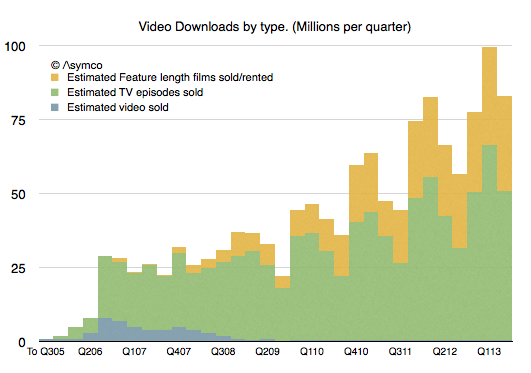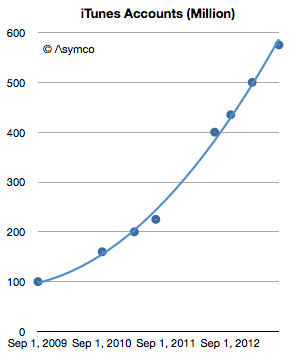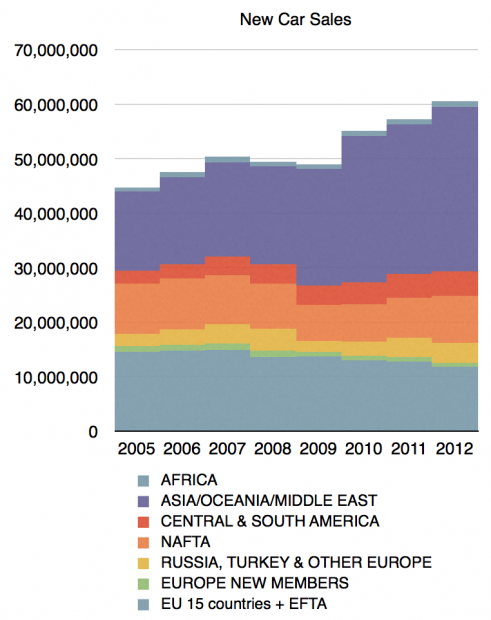After having “taken the show on the road” and spending an inordinate amount of time giving presentations during the last year I came to the conclusion that what remains less than good enough for presentations is the variable quality of projectors.
The problem is not just quality of image but also the unpredictable size of screen, how far it is from the audience, how poor the contrast or color reproduction might be and to what degree there is support for wireless connections.
When presenting detailed, information dense graphs, these quality issues become presentation killers and not only do they result in poor retention for the audience but decrease the confidence of the presenter, leading to a vicious cycle.
The answer is not to lug around your own projector because many times the venue will not accept it, other times the image “throw” is not matched to the screen and it’s a pain to set up and transport.
What I think needs to happen is that the projector needs to be disrupted.
This is where the iPad and Perspective come into play. When presenting using Perspective we have the ability to “airshow” or present directly to the (iOS) devices that the audience has with them.
This way not only the presenter’s screen is “mirrored locally” but also the direct manipulation and choreography of the data reveal is instantly visible. You can see a fragment of how it works in this test:
This is the technique we use at the Airshow event and it has proven to work well even with large audiences. To see it in action (and to learn how to develop presentations into cinematic experiences) join us at the next Airshow in Chicago.




